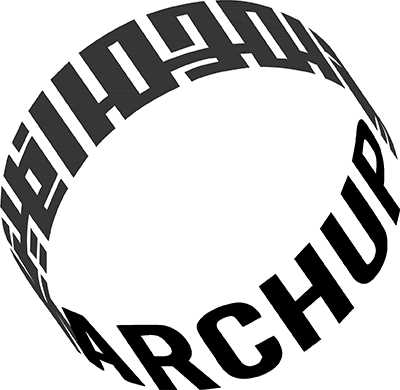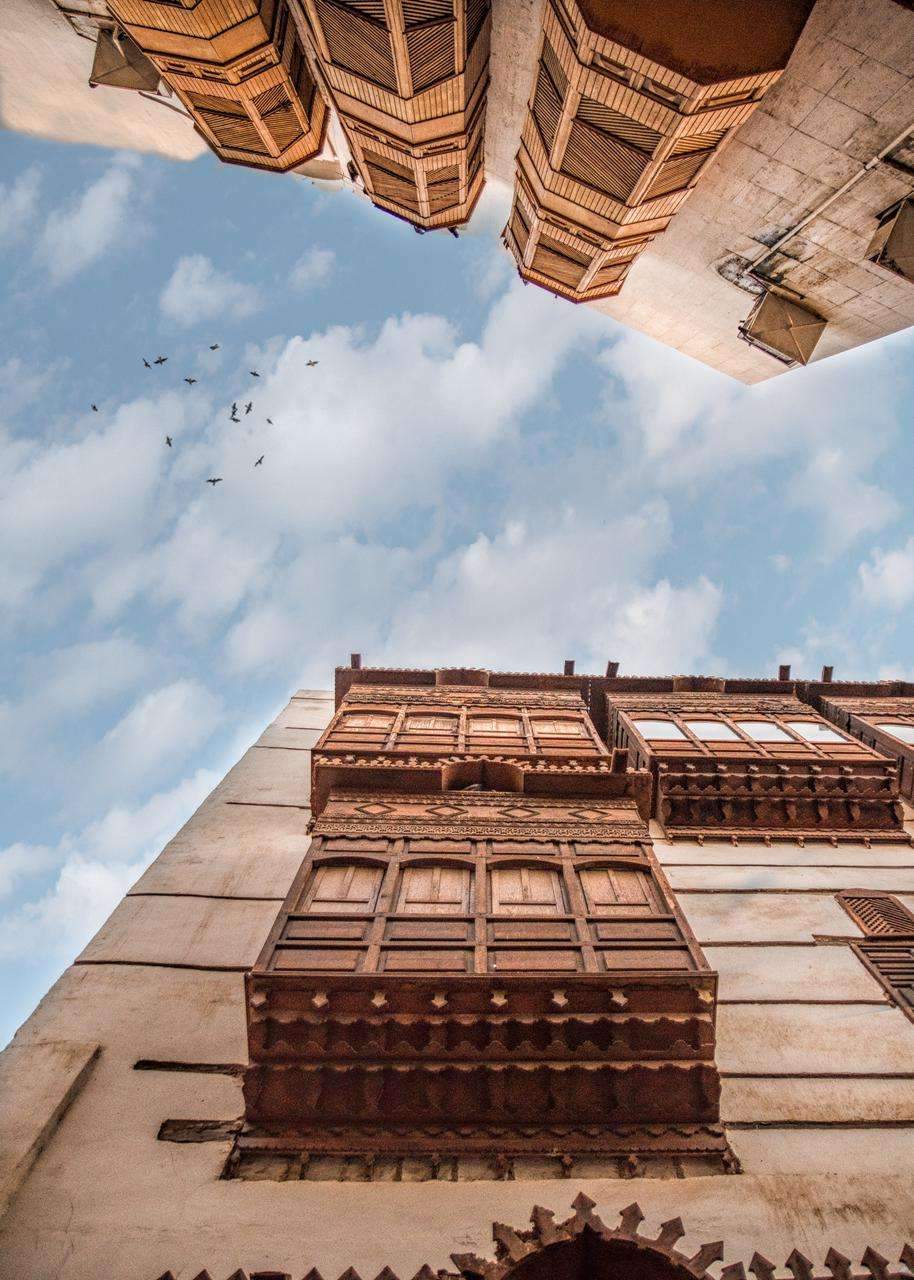Pattern and Texture In Relation To Architecture,
Texture & pattern give the surfaces of the world around us their visual and tactile variety.
A skillful use of these two concepts is essential to creating an architectural environment
with emotional power and visual stimulation.

Texture
Every surface around us has a texture, whether it be smooth or rough,
hard, ragged, fuzzy, wet, or any other tactile experience.
It is the quality of the object’s surface that we sense by touch,
and having once had that feeling, we can evoke it again just by seeing it.

Pattern
Patterns are the underlying structures that organize a surface or composition in a discernible,
regular manner.
These organizing structures can be grids, spirals, branches,
or complex repeating motifs generated by an underlying mathematical formula.
In a strong pattern we see the organizational system more readily than the individual elements.
When the scale of a pattern gets small enough, either in its actual size or when viewed from a distance,
the repeated motif disappears into a visual texture.
Cedar shingles, a brick wall, mosaic tile, a window screen, or a strip wood floor,
all become textures at a small enough scale.

As we look at and walk through buildings, the combination of surface textures and organizing
patterns trigger different associations and emotional responses depending on how they are handled.
The rough edged texture of old bricks, for example, when laid up in intricate bonding patterns,
evoke historic associations of man-made craftsmanship with artistry and skill In contrast,
a regular running bond of machine made bricks, each nearly identical to the next,
creates a texture and pattern combination that suggests a reliable, solid, deliberate efficiency.

Combining a variety of textures and patterns in a composition engages an array of emotional responses that give a deepened richness to the overall experience.

The architect’s goal is to choose the material textures and patterns that not only make the associations we want,
but find the right balance between boring repetition and visual chaos.
Photographer
Razcheed Mohamed Manny Paloma.


 العربية
العربية